How can we make a building more earthquake proof?
Build a Better wall is an activity for students to learn basic principles of earthquake engineering. Students explore how diagonal braces, shear walls, and rigid connections strengthen a structure to carry forces resulting from earthquake shaking. Two additional activities on "base isolation" are included to allow students to learn more about protecting large structures.It can be done as a demonstration, or as group projects in a classroom. It takes preparation to assemble and drill the parts, but worth it for a permanent classroom tool.
This activity was initially developed by FEMA for their "Seismic Sleuths" instructional booklet. Additional "Earthquake Safety at Home". Additional safety information is available on their website.
Students will:
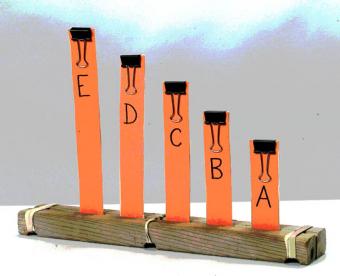
All buildings have a natural frequency of oscillation or resonance frequency. When seismic waves shake the ground beneath a building at its resonance frequency, the structure will begin to sway back and forth. This concept can be demonstrated in the classroom using the BOSS Model Lite as a discrepant event demonstration to engage students in earthquake-engineered buildings.
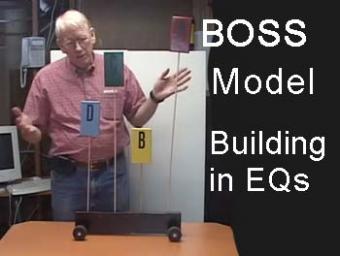
This video lecture shows John Lahr (USGS Seismologist Emeritus) describing the BOSS experiment that models oscillations of different height buildings.
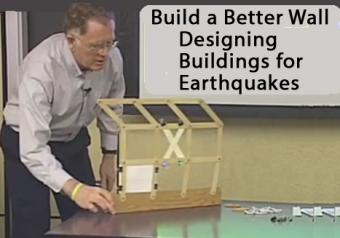
What can you do to protect a building from earthquake shaking? This “Build a Better Wall” classroom activity is designed to allow students to experiment with methods to build shear strength into buildings to withstand an earthquake. Uses simple materials to engineer shear walls.
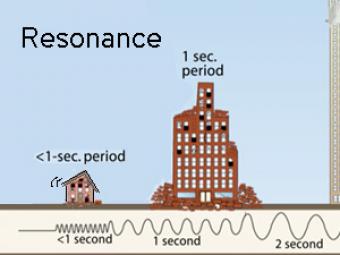
All buildings have a natural period, or resonance, which is the number of seconds it takes for the building to naturally vibrate back and forth. The ground also has a specific resonant frequency. Hard bedrock has higher frequencies softer sediments. If the period of ground motion matches the natural resonance of a building, it will undergo the largest oscillations possible and suffer the greatest damage.
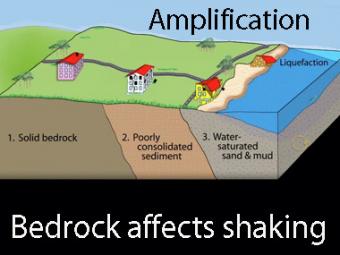
Highly generalized animation reflects the arrivals of P, S, and surface waves to 3 closely spaced buildings. Exaggerated movement of the buildings reflects the relative motion recorded by the seismograms.
We encourage the reuse and dissemination of the material on this site as long as attribution is retained. To this end the material on this site, unless otherwise noted, is offered under Creative Commons Attribution (CC BY 4.0) license